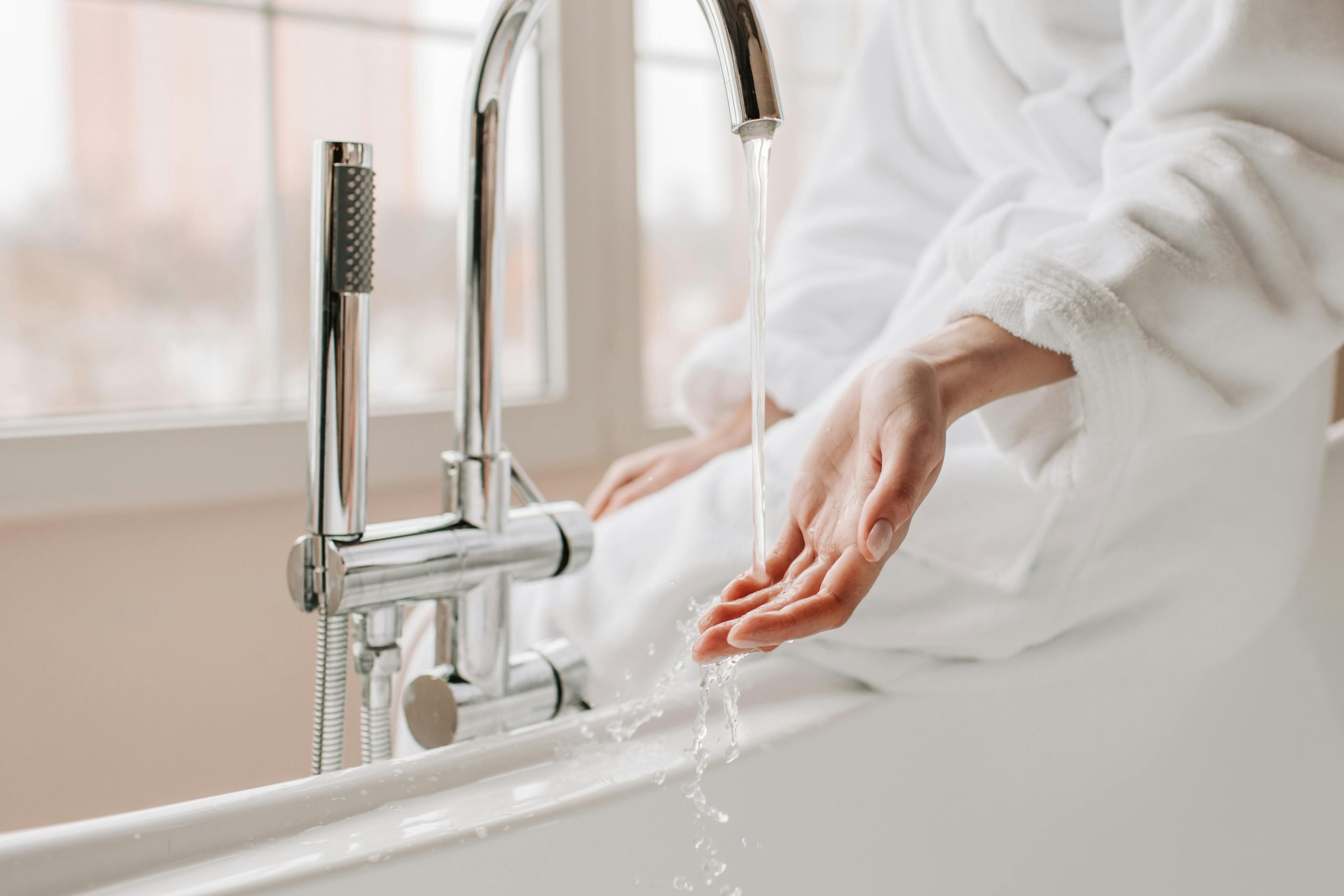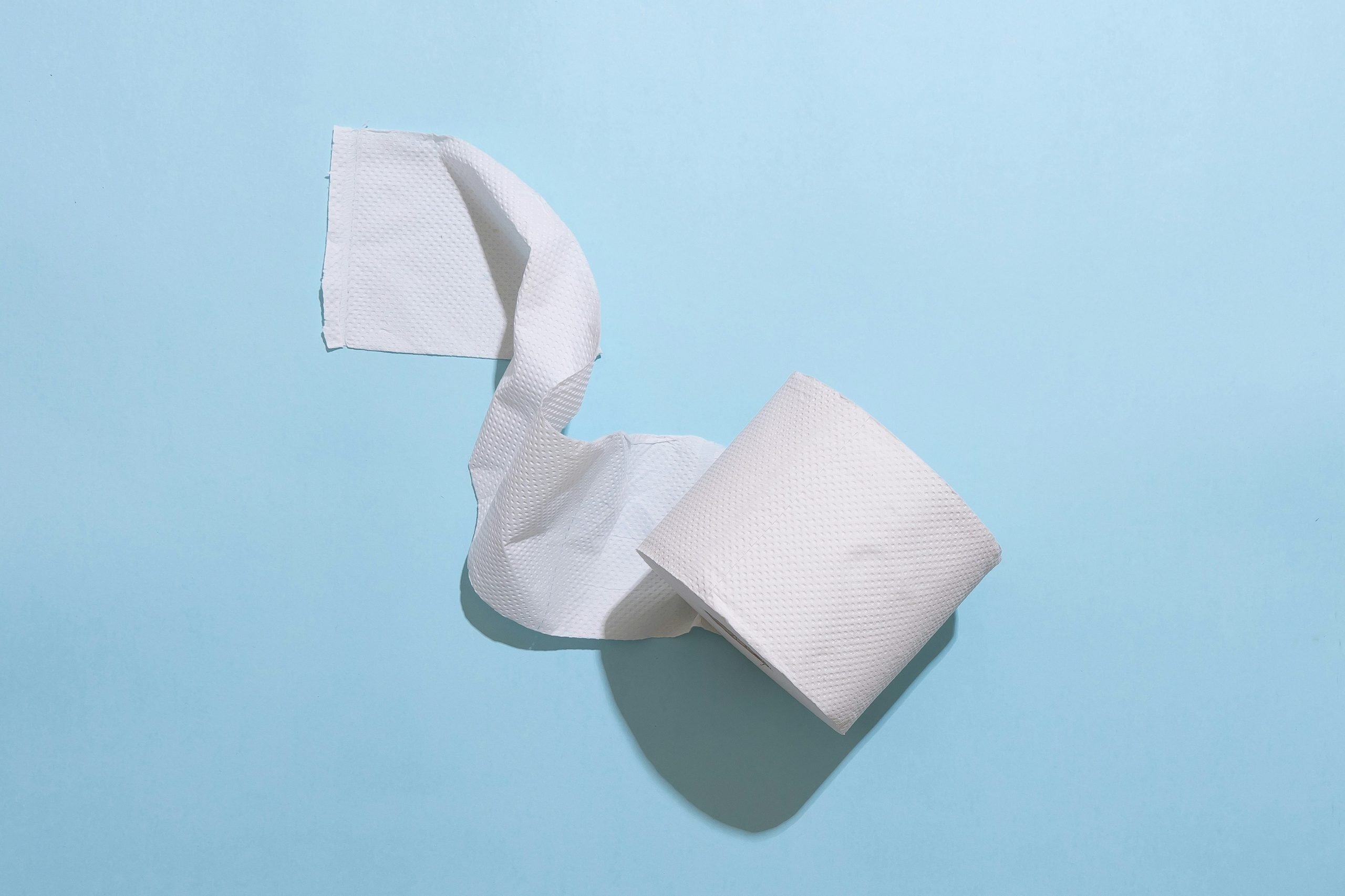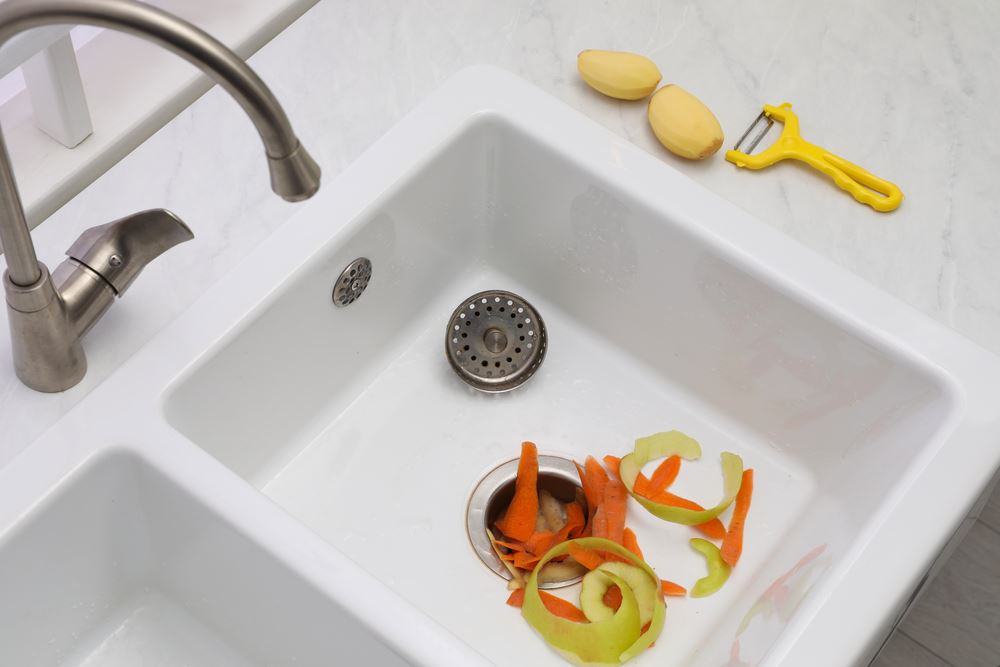Maintaining a smoothly running household involves more than just keeping the floors clean and the dishes washed. One crucial aspect that often gets overlooked until there’s a problem is your home’s plumbing system. Leaky faucets, clogged drains, and other plumbing problems can disrupt daily life and lead to costly repairs if not addressed promptly.
In this guide, we’ll look into the top 10 plumbing problems that homeowners frequently encounter and provide practical tips on how to prevent them from occurring in the first place. By understanding the common culprits behind these issues and implementing preventive measures, you can save yourself time, money, and the hassle of dealing with unexpected plumbing emergencies.
At Service by Scott, we’re dedicated to ensuring that your plumbing system runs smoothly, allowing you to focus on the things that matter most. With over 30 years of experience serving Tyler County and neighboring areas, our team of experts is here to provide reliable solutions to all your plumbing needs. So, whether you’re a seasoned homeowner or new to the joys of homeownership, read on to arm yourself with the knowledge you need to keep your plumbing in top condition and your home running smoothly with Service by Scott by your side.

1. Leaky Faucets
Leaky faucets are not just annoying; they can also lead to wasted water and higher utility bills. Fortunately, fixing a leaky faucet is often simpler than you might think.
Causes of Leaky Faucets
Leaky faucets can be caused by worn-out washers, O-rings, or seals within the faucet mechanism. Over time, these components can degrade due to regular use, leading to leaks.
How to Fix a Leaky Faucet
Fixing a leaky faucet typically involves replacing the worn-out parts. Start by turning off the water supply to the faucet, then disassemble the faucet and inspect the components for damage. Replace any damaged washers, O-rings, or seals with new ones, and reassemble the faucet. Be sure to follow the manufacturer’s instructions carefully or enlist the help of a professional plumber if needed.
Prevention Tips to Avoid Leaks
Regular maintenance is key to preventing leaks in faucets. Inspect your faucets periodically for any signs of wear or damage and address any issues promptly. Additionally, avoid turning the faucet handles too tightly, as this can put unnecessary strain on the internal components. By staying proactive and addressing leaks early on, you can save water, money, and the headache of dealing with a larger plumbing problem down the line.
2. Clogged Drains
Clogged drains are a common plumbing problem that can disrupt the flow of water in your sinks, showers, and tubs. Dealing with a clog can be frustrating, but there are several methods you can try to clear it.
Common Causes of Clogged Drains
Clogged drains can occur due to various reasons, including the buildup of hair, soap scum, food particles, grease, or foreign objects in the pipes. Additionally, mineral deposits and tree roots infiltrating underground pipes can also contribute to clogs.
DIY Methods for Unclogging Drains
Several DIY methods can help unclog drains before calling in professional help. One popular method is using a plunger to create suction and dislodge the clog. Alternatively, you can try pouring boiling water down the drain to loosen the blockage. Baking soda and vinegar or a mixture of salt and baking soda followed by hot water can also help break down stubborn clogs.
Professional Drain Cleaning Services
If DIY methods fail to clear the clog, it may be time to enlist the help of a professional plumber. Professional drain cleaning services utilize specialized equipment such as drain snakes or hydro-jetting to effectively remove stubborn clogs and restore proper drainage. Additionally, regular professional drain cleaning can help prevent future clogs and maintain the integrity of your plumbing system.
3. Running Toilet
A running toilet is not only a nuisance but can also waste a significant amount of water, leading to higher water bills. Understanding the common causes of a running toilet and knowing how to address them can help you resolve this issue efficiently.
Reasons for a Running Toilet
A running toilet can be caused by several factors, including a faulty flapper valve, a defective fill valve, or a leaky flush valve. Additionally, sediment buildup in the toilet tank or a misaligned flush handle can also contribute to the problem.
Steps to Fix a Running Toilet
To fix a running toilet, start by identifying the cause of the issue. Remove the toilet tank lid and inspect the flapper valve to see if it is sealing properly. If the flapper is worn or damaged, replace it with a new one. Next, check the fill valve to ensure it is functioning correctly and adjust the water level in the tank if necessary. Additionally, inspect the flush valve for any signs of leakage and replace it if needed. Finally, check for any sediment buildup in the toilet tank and clean it out to prevent future issues.
Upgrading to Water-Efficient Toilet Options
If you find yourself frequently dealing with a running toilet, consider upgrading to a more water-efficient toilet model. Modern toilets are designed to use less water per flush, saving you money on your water bills and reducing your environmental impact. Service by Scott can help you choose and install a water-efficient toilet that meets your needs and budget.

4. Low Water Pressure
Low water pressure can be frustrating, causing issues with showering, washing dishes, and performing other daily tasks that require sufficient water flow. Understanding the causes of low water pressure and knowing how to address them can help you restore proper water flow in your home.
Factors Leading to Low Water Pressure
Low water pressure can result from various factors, including mineral buildup in pipes, partially closed shut-off valves, or a malfunctioning pressure regulator. Additionally, leaks in the plumbing system or issues with the municipal water supply can also contribute to low water pressure.
Solutions for Improving Water Pressure
If you’re experiencing low water pressure, start by checking for any visible leaks in your plumbing system and repairing them promptly. Next, ensure that all shut-off valves leading to faucets and appliances are fully open. If mineral buildup is the culprit, consider flushing out your pipes or installing a water softener to prevent further buildup. Additionally, adjusting or replacing the pressure regulator may help increase water pressure throughout your home.
Importance of Regular Plumbing Maintenance
Regular plumbing maintenance is essential for preventing low water pressure and other plumbing issues. Schedule annual inspections with Service by Scott to identify and address any potential problems before they escalate. Our experienced technicians can perform thorough inspections, clean your pipes, and make any necessary repairs to keep your plumbing system functioning optimally.
5. Water Heater Issues
Dealing with water heater problems can be a major inconvenience, especially when hot water is essential for daily tasks. Understanding common issues and knowing how to troubleshoot them can help you maintain a reliable hot water supply in your home.
Signs of Water Heater Problems
Identifying potential water heater issues early on is key to preventing larger problems down the road. Keep an eye out for signs such as inadequate hot water supply, unusual noises coming from the tank, leaks around the unit, or fluctuations in water temperature. Recognizing these signs early allows you to address the issue before it worsens.
Troubleshooting Common Water Heater Issues
Before calling a professional plumber, there are a few troubleshooting steps you can take to address common water heater problems. Start by checking the pilot light (for gas heaters) or the circuit breaker (for electric heaters) to ensure they’re functioning properly. Flushing the tank to remove sediment buildup and adjusting the thermostat settings can also help resolve minor issues.
Regular Maintenance to Extend Water Heater Lifespan
Preventive maintenance is essential for keeping your water heater in optimal condition. Service by Scott recommends scheduling annual maintenance checks to inspect the tank, valves, and connections for any signs of wear or damage. Flushing the tank to remove sediment buildup and replacing the anode rod as needed can help prevent corrosion and extend the life of your water heater.

6. Toilet Clogs
Dealing with a clogged toilet is a common household plumbing issue that can disrupt your daily routine. Knowing how to effectively address toilet clogs can help you restore proper function and avoid messy situations.
Causes of Toilet Clogs
Toilet clogs can occur for various reasons, including flushing inappropriate items such as paper towels, feminine hygiene products, or excessive amounts of toilet paper. Additionally, mineral buildup in the pipes, tree root intrusion, or foreign objects accidentally flushed down the toilet can also lead to clogs.
How to Plunge a Toilet Effectively
Plunging is often the first line of defense against a toilet clog. Start by ensuring there is enough water in the bowl to cover the plunger. Position the plunger over the drain hole, creating a tight seal, and then push and pull the plunger vigorously to create suction and dislodge the clog. Repeat as needed until the water drains properly.
When to Call a Professional Plumber
If plunging fails to clear the clog, or if you suspect the clog is caused by a more severe issue such as tree root intrusion or a damaged sewer line, it’s best to call a professional plumber for assistance. Attempting to address complex clogs on your own can potentially cause further damage to your plumbing system and lead to costly repairs.
7. Burst Pipes
A burst pipe is a plumbing emergency that can cause extensive water damage to your home if not addressed promptly. Understanding the causes of burst pipes and knowing how to respond in case of an emergency can help minimize damage and prevent costly repairs.
Reasons Behind Burst Pipes
Burst pipes can occur due to various reasons, including freezing temperatures, corrosion, high water pressure, or physical damage to the pipes. In colder climates, frozen pipes are a common cause of bursts as the water inside expands when it freezes, putting pressure on the pipe walls and causing them to rupture.
Immediate Steps to Take in Case of Burst Pipes
If you discover a burst pipe in your home, it’s essential to act quickly to minimize water damage. Start by shutting off the main water supply to your home to stop the flow of water. Next, open faucets to relieve pressure in the pipes and drain any remaining water from the plumbing system. If possible, contain the water using towels or buckets to prevent it from spreading and causing further damage to your home.
Preventive Measures to Avoid Pipe Bursts
To prevent burst pipes, it’s important to take proactive measures, especially during cold weather. Insulate exposed pipes to protect them from freezing temperatures, and consider installing frost-proof outdoor faucets. Additionally, monitor your water pressure and address any signs of corrosion or deterioration in your plumbing system promptly to prevent bursts.
8. Dripping Faucets
A dripping faucet may seem like a minor annoyance, but it can waste a significant amount of water and lead to higher water bills over time. Understanding why faucets drip and how to address the issue can help you save water and money in the long run.
Why Faucets Drip
Faucets drip when the internal components, such as washers or O-rings, wear out or become damaged over time. The constant dripping is usually caused by water leaking through these worn-out parts, even when the faucet is turned off completely.
DIY Faucet Repair Techniques
Repairing a dripping faucet is often a straightforward task that you can tackle on your own. Start by turning off the water supply to the faucet and disassembling the handle to access the internal components. Inspect the washers, O-rings, and other seals for signs of wear or damage, and replace them if necessary. Reassemble the faucet and turn the water supply back on to check for leaks. If you’re unsure how to proceed, Service by Scott can provide guidance or professional assistance.
Seeking Professional Assistance
If DIY repair attempts fail to resolve the dripping faucet or if you’re uncomfortable performing the repairs yourself, it’s best to seek professional assistance. A skilled plumber from Service by Scott can diagnose the issue accurately and replace any damaged components with precision to ensure that your faucet operates smoothly and efficiently.
9. Sewer Line Backup
A sewer line backup is a serious plumbing issue that can cause significant damage to your home and pose health risks to your family. Understanding the signs of a sewer line backup and knowing how to address it promptly can help prevent costly repairs and ensure the safety of your household.
Signs of Sewer Line Backup
Several signs indicate a potential sewer line backup, including multiple drains clogging simultaneously, gurgling sounds coming from drains or toilets, foul odors emanating from drains or sewer cleanouts, and sewage backups in basement floor drains or toilets. If you notice any of these signs, it’s crucial to address the issue promptly to prevent further damage.
DIY Measures to Prevent Sewer Line Issues
While some sewer line issues require professional assistance, there are several DIY measures you can take to prevent backups. Avoid flushing non-biodegradable items such as wipes, sanitary products, or paper towels down the toilet, as these can contribute to clogs. Additionally, consider installing drain screens or traps to catch hair, grease, and other debris before they enter your drains and potentially cause blockages.
Importance of Sewer Line Inspections
Regular sewer line inspections are essential for detecting potential issues before they escalate into full-blown backups. Service by Scott offers comprehensive sewer line inspections using advanced camera technology to identify blockages, cracks, or other damage within your sewer lines. By scheduling regular inspections, you can catch problems early and address them before they lead to costly repairs or extensive damage to your home.

10. Garbage Disposal Problems
A malfunctioning garbage disposal can disrupt your kitchen routine and lead to unpleasant odors and drainage issues. Understanding common garbage disposal problems and how to address them can help you keep your kitchen running smoothly.
Common Garbage Disposal Issues
Garbage disposals can experience various issues, including jamming, clogs, strange noises, or a complete failure to turn on. These problems can occur due to food debris buildup, foreign objects accidentally dropped into the disposal, or mechanical issues with the disposal unit itself.
Tips for Maintaining a Healthy Garbage Disposal
Preventing garbage disposal problems starts with proper maintenance. Avoid putting large or hard items such as bones, fruit pits, or fibrous vegetables down the disposal, as these can damage the blades and cause jams. Run cold water while using the disposal to help flush away debris, and periodically grind ice cubes to clean the unit.
Professional Repair and Replacement Options
If you encounter persistent issues with your garbage disposal despite proper maintenance, it may be time to seek professional assistance. Service by Scott offers expert garbage disposal repair and replacement services to restore functionality to your kitchen sink. Our skilled technicians can diagnose the issue accurately and recommend the best course of action to ensure your garbage disposal operates smoothly.
Conclusion: Addressing Common Plumbing Problems
In this guide, we’ve explored the top 10 plumbing problems that homeowners face and provided practical tips for prevention and resolution. From leaky faucets and clogged drains to water heater issues and sewer line backups, understanding the causes and knowing how to address these issues promptly can save you time, money, and the hassle of dealing with unexpected plumbing emergencies.
By staying proactive and implementing preventive measures such as regular maintenance checks and DIY troubleshooting, you can keep your plumbing system in top condition and avoid costly repairs down the line. However, when you encounter persistent issues or need professional assistance, Service by Scott is here to help.
With over 30 years of experience serving Tyler County and neighboring areas, Service by Scott offers reliable plumbing services, including repair, maintenance, and installation. Our skilled technicians are dedicated to providing prompt and professional service to address all your plumbing needs.
Don’t let plumbing problems disrupt your daily life. Contact Service by Scott today for expert assistance and peace of mind. Let us help you keep your home’s plumbing system running smoothly so you can focus on enjoying your home to the fullest.
FAQs
How often should I have my plumbing inspected?
It’s recommended to schedule a professional plumbing inspection annually to catch potential issues early and prevent costly repairs.
What can I do to prevent frozen pipes during winter?
To prevent frozen pipes, insulate exposed pipes, keep cabinets under sinks open to allow warm air to circulate, and let faucets drip during freezing temperatures to prevent pipes from freezing.
Are chemical drain cleaners safe to use?
While chemical drain cleaners can be effective in clearing minor clogs, they can also damage pipes over time and should be used sparingly. Consider using alternative methods such as baking soda and vinegar or contacting a professional plumber for safe and effective drain cleaning solutions.
Should I repair or replace a leaking water heater?
The decision to repair or replace a leaking water heater depends on the extent of the damage and the age of the unit. In general, if the water heater is nearing the end of its lifespan or if repairs are costly, it may be more cost-effective to replace the unit with a new, energy-efficient model.
What are the signs of a sewer line problem, and how can I address them?
Signs of a sewer line problem include multiple drains clogging simultaneously, foul odors coming from drains or toilets, and sewage backups. If you notice these signs, it’s essential to contact a professional plumber immediately to inspect and address the issue before it escalates.

